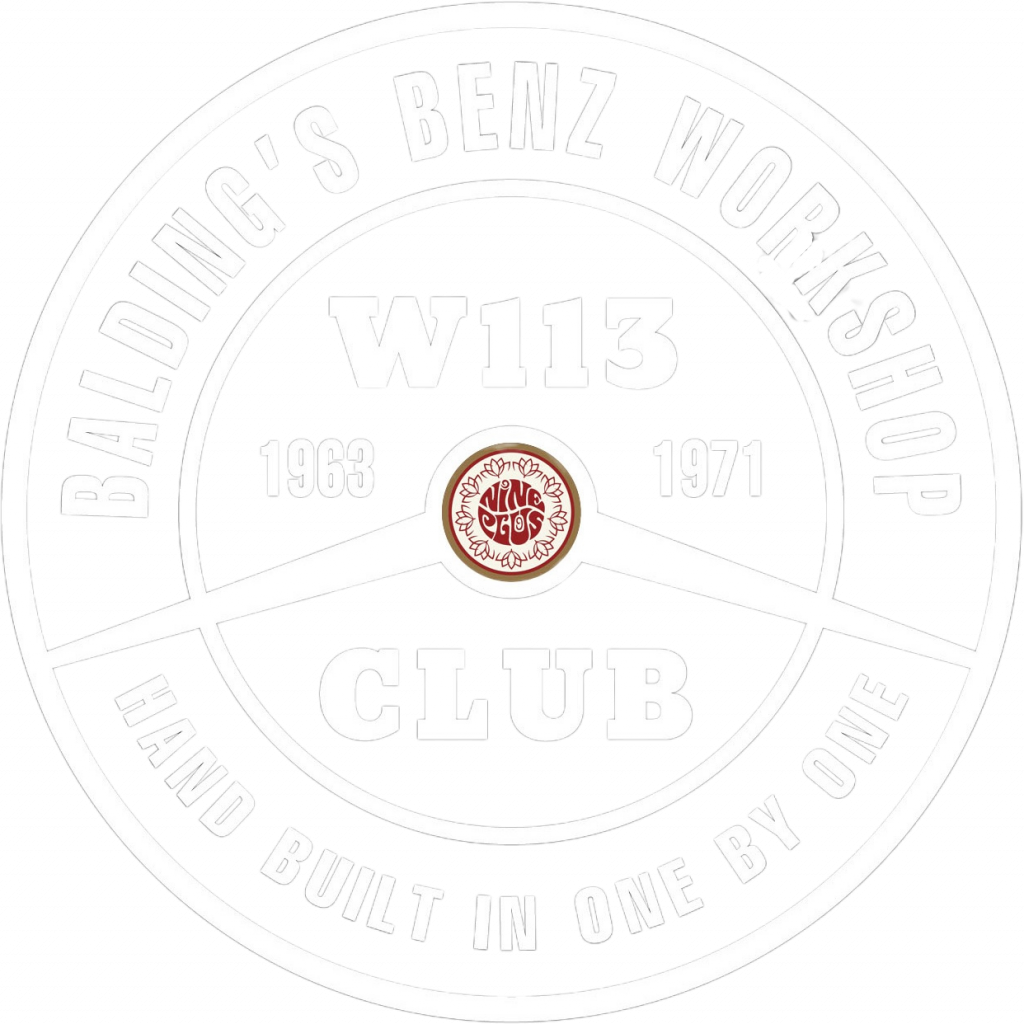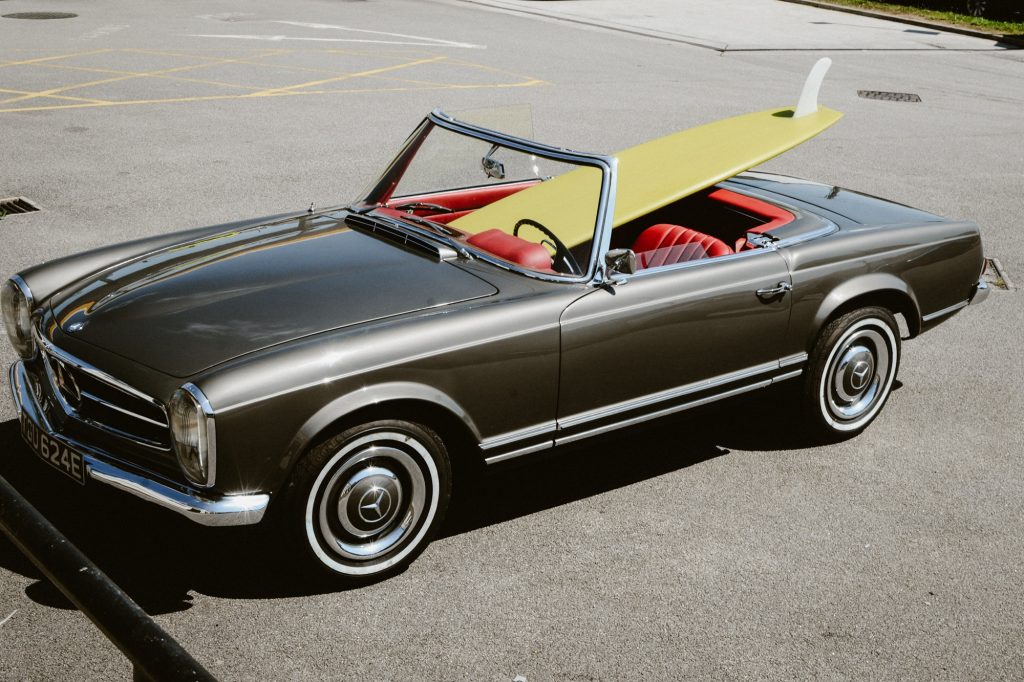










Description
There is little doubt that Paul Bracq’s design for the Sixties 1960s pagoda was revolutionary and his ability to mix timeless styling with high performance on three different levels was impressive. The entry level version used the 2.3 litre engine followed by the 2.5 litre and finally the most desirable and spirited 2.8 litre, six-cylinder engine. The bonnet panel, door skins, boot lid and tonneau cover were composed of aluminium giving the car an overall lightness which contributed…
There is little doubt that Paul Bracq’s design for the Sixties 1960s pagoda was revolutionary and his ability to mix timeless styling with high performance on three different levels was impressive. The entry level version used the 2.3 litre engine followed by the 2.5 litre and finally the most desirable and spirited 2.8 litre, six-cylinder engine. The bonnet panel, door skins, boot lid and tonneau cover were composed of aluminium giving the car an overall lightness which contributed to the performance that was very well received by the general public. It quickly became apparent that some cars don’t change, they just get better. The 280 featured the same modified W111 chassis with independent front suspension and four-wheel disc brakes. A charming model with capable handling, these roadsters have had one of the most sublime styling bodies, and easily comparable to Jaguar’s E-Type and the Alfa Romeo’s Spider. The driving experience and build quality are respected, and as a result, still highly collectable today.





